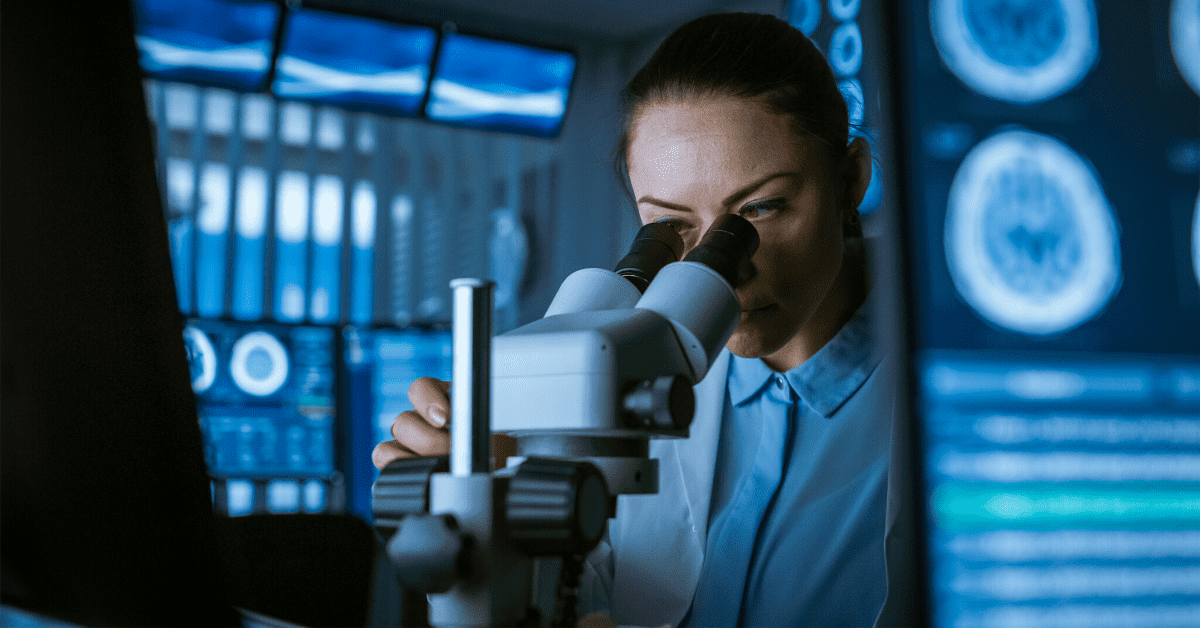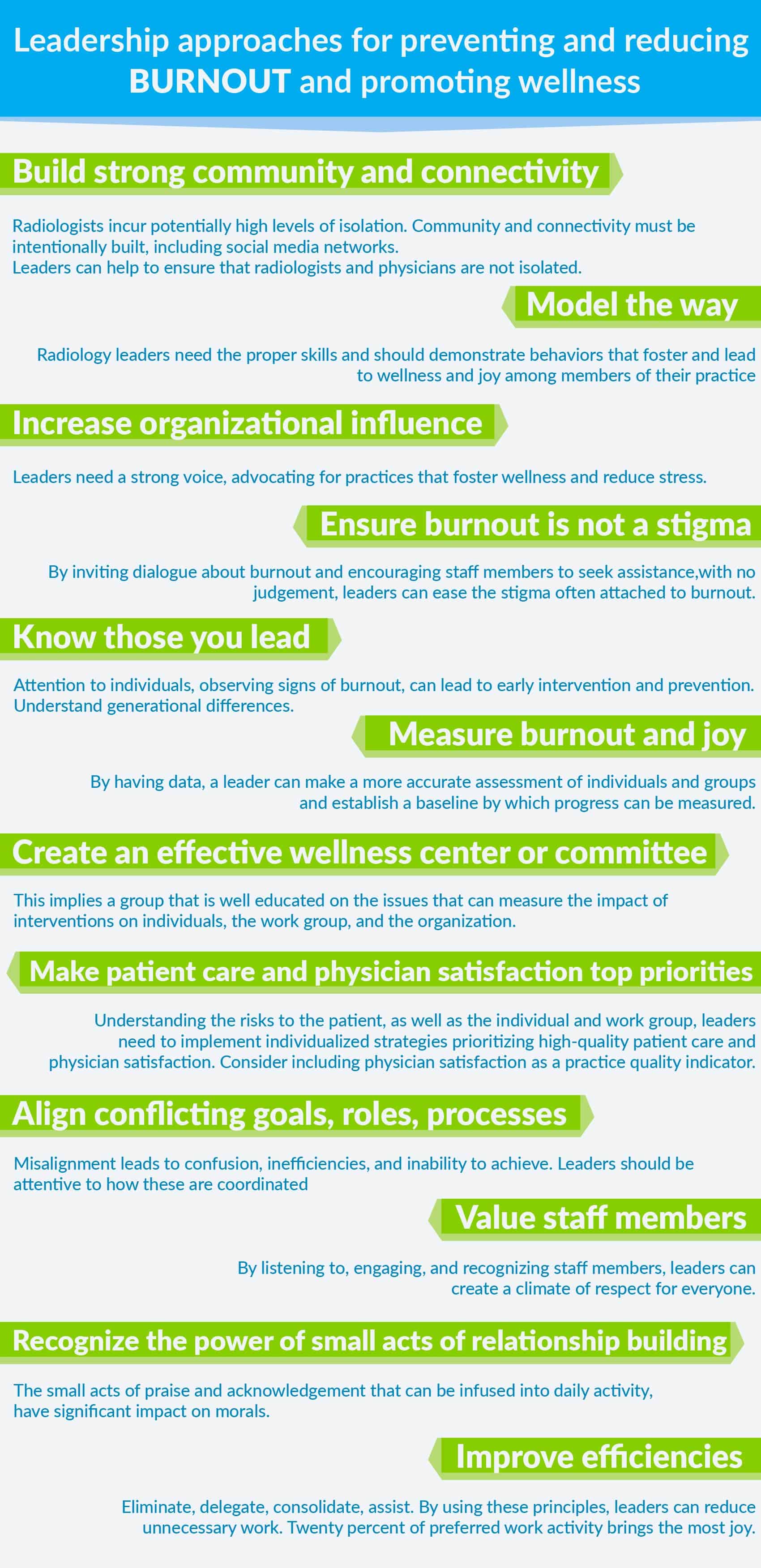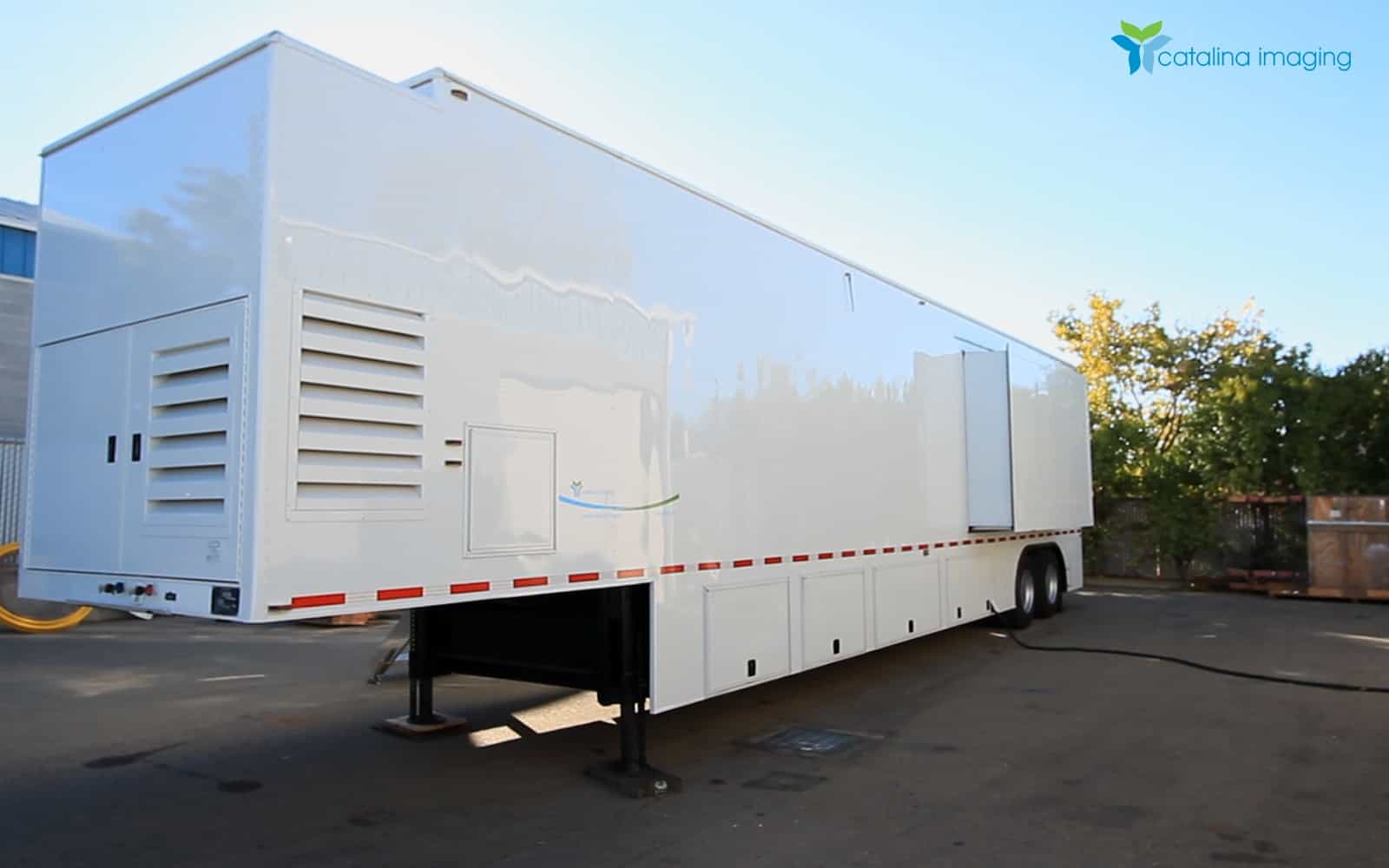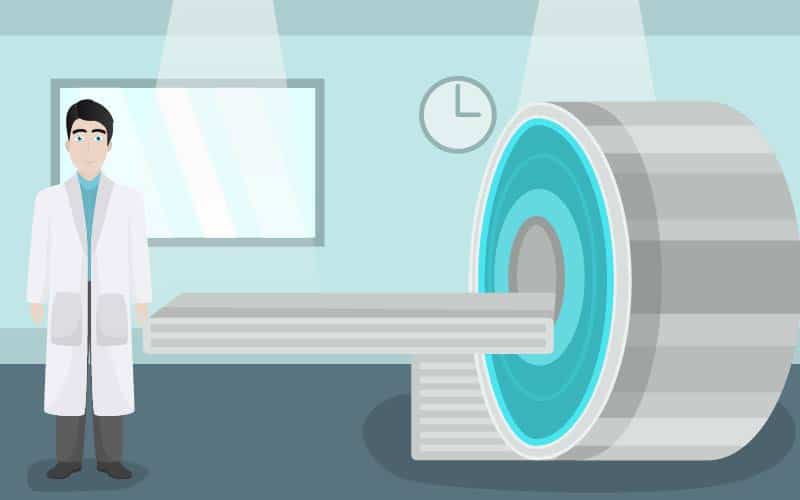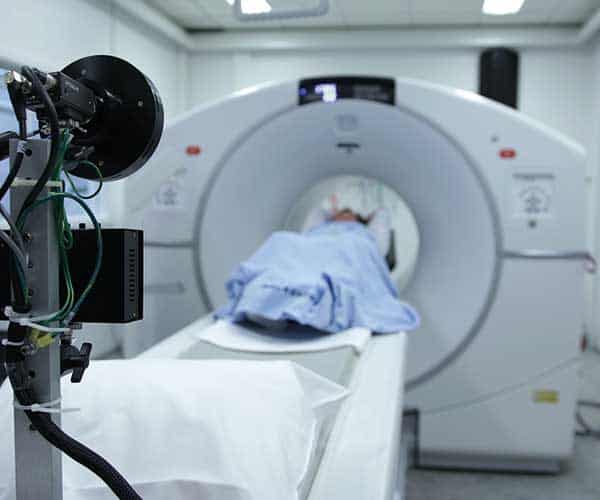A transcatheter aortic valve replacement (TAVR) is a life-saving, minimally invasive procedure that treats aortic stenosis, a type of heart valve disease. TAVR replaces a narrowed aortic valve, usually in cases of aortic valve stenosis where said valve fails to open properly.
The replacement valve may be made of human or animal tissue. Most importantly, the procedure does not require open-heart surgery and the entire procedure typically only takes a couple of hours.
What Happens In Cases of Aortic Stenosis?
A quick review: the main role of the human heart is to make sure the necessary amount of blood reaches various parts of the body so that it can continue performing optimally.
To help circulate the blood and direct blood flow, there are valves in our heart which are the pulmonary valve, tricuspid valve, aortic valve, and mitral valve. They all have different functions, but just like any other machine, some parts of it may break down or need to have maintenance or have some of it replaced.
Of these four, the aortic valve is most subject to narrowing given its thin tissue composition. Once this narrowing, also called stenosis, starts, the aortic valve begins to have difficulty opening to its full extent.
This narrowing causes the heart to double its effort in pumping enough blood to the body, which eventually weakens the heart muscle due to overwork.
Once aortic stenosis turns critical, the patient might start to exhibit chest pain, difficulty in breathing, and possibly fainting. It is important to get medical assistance as soon as one of these symptoms show to avoid life-threatening consequences later.
What Causes The Aortic Valve To Narrow?
Aortic stenosis occurs when the heart’s aortic valve thickens and calcifies. The valve does not open fully and blood flow from the heart to the rest of the body is limited.
If you experience fainting, chest pain, irregular heart rhythm, fatigue, and shortness of breath, you may have aortic valve stenosis.
This is what happens when the valve narrows and the flow of blood are diminished.


Who Might Need to Undergo Transcatheter Aortic Valve Replacement?
Aortic stenosis is a common diagnosis among the elderly, affecting over two million people in the US alone. Most cases are caused by calcium buildup in the valve due to old age, and these patients do not show symptoms until they reach 70 or above.
In some instances, however, people can develop aortic stenosis as a complication from congenital heart defects or rheumatic fever. If left untreated, this condition can lead to infections in the heart, blood clots, strokes, and ultimately, heart failure.
Getting regular check-ups will significantly help to monitor the valves’ condition, and early detection will also positively affect the results of treatment.
Treating Aortic Stenosis
It was in 2002 that the first TAVR procedure was carried out successfully and it continuously developed thanks to technology, technique, and experience.
Before, general anesthesia was used in Europe between 2002 and 2008, but after a few studies, local anesthesia with conscious sedation was the default in TAVR surgeries.
Also, initially, surgical cut down was used to carry out the procedure, but over the past few years, percutaneous closure was adopted because it was less invasive and posed lower risks. In addition to this, CT scan or angiography is also used now to check the common femoral artery site before the procedure, and during the TAVR surgery, while the puncture is being done.
The treatment for aortic stenosis depends on the severity of the case.
For patients showing mild stenosis, there is no required treatment yet and they can still proceed normally with their daily activities. Since aortic stenosis is a progressive condition, they will still need to undergo regular monitoring to make sure that if their case gets worse, they can receive due and proper care.
Meanwhile, patients with moderate stenosis should refrain from undergoing strenuous physical actions like running, weightlifting, and core-heavy exercises. They will also need to take annual medical evaluations, as further medication might be necessary depending on the status of the aortic valve.
For instance, there are cases wherein patients will be given antibiotics if valve infection is found.
When aortic stenosis reaches severe status, the most effective way of treatment is to completely replace the affected valve.
CT Scanners and Transcatheter Aortic Valve Replacement
There were limited options for valve replacement before. Most of these operations were done using open-heart surgery, wherein doctors will make a surgical opening in the middle of the chest to gain access to the heart. They will then take out the narrowed valve and replace it with a new one.
However, John Hopkins Medicine claims that this procedure can be dangerous for people with advanced age or underlying conditions like diabetes, kidney or lung disease, previous heart operations, or stroke history. In such cases, Transcatheter Aortic Valve Replacement (TAVR) might be better suited for the patient.
TAVR provides beneficial treatment options to people who may not have been considered for valve replacement. The procedure is available to patients in all risk categories.
However, might be too risky for patients to undergo the procedure if they have the following conditions:
- Advanced age
- Chronic obstructive lung disease
- Diabetes
- Kidney disease
- Large calcium deposits in blood vessel
- Previous heart surgery
- Radiation treatment to the chest
- Stroke history
- Weaker heart
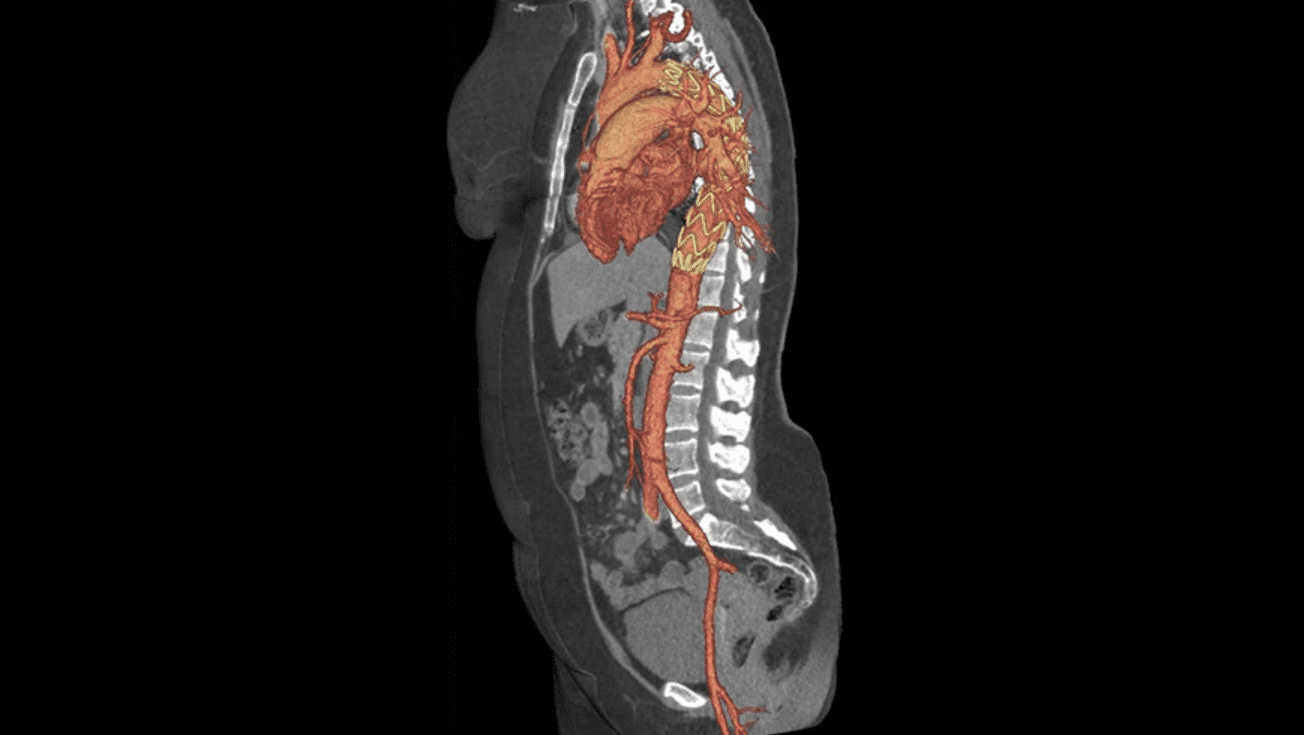

Preparing for the TAVR Procedure
In TAVR, there is less risk because the doctors will not have to open the chest at all. Prior to surgery, the medical team will use a computed tomography scan (a CT scan) to create an image of the heart.
Recommendations for the sizing and reporting of the aortic valve, annulus, and outflow tract are diagnosed by the CT scanner, as well as reporting of fluoroscopic angulation, vascular access, coronary artery, and even non-cardiac, non-vascular findings. These are essential in determining what is needed during TAVR.
These scans will help them evaluate the heart’s condition and map out a way to the valve.
As with any other major surgery, one will need to be prepared for transcatheter aortic valve replacement. You will need to do the following:
- Full medical check (x-rays, CT scans, blood tests)
- Echocardiogram
- Cardiac catheterization
For the food and drug restrictions:
- All the drugs you’re currently taking should be communicated to your healthcare provider
- If you’re a smoker, you will need to stop a few days before your surgery, so mention this to your healthcare provider
- The midnight before your surgery, stop eating and drinking
The Transcatheter Aortic Valve Replacement Procedure
In a TAVR procedure, a new valve is inserted without removing the old, damaged valve. The new valve is placed inside the diseased valve.
Usually, valve replacement requires an open-heart procedure with a “sternotomy”, in which the chest is surgically separated (opened) for the procedure. This isn’t the case anymore with TAVR, which is favorable for more patients.
During operation, a small incision will be made, normally in the groin area, for the doctor to insert a catheter– a thin, flexible tube– into the femoral artery (a transfemoral approach). Sometimes, the doctor may opt to enter via a small incision in the chest and entering through a large artery in the chest or through the tip of the left ventricle (the apex), which is known as the transapical approach.
Other places the catheter may enter, depending on the best place in the patient’s body are the abdomen, neck, and between the ribs. The new valve will be guided through this catheter and into the heart to replace the old one.
Once the new valve is positioned, a balloon on the catheter’s tip is inflated to expand the replacement valve into the appropriate position. Some valves can expand without the use of a balloon.
When your doctor is certain the valve is securely in place, the catheter is removed. The mobile CT scanner pre- and post-procedure ensures the best outcome of the TAVR.
Post-Operation Uses of Mobile CT Scanners
Afterward, new scans and X-rays will be taken to ensure that the newly installed valve is working properly. Mobile CT scanners are popular and often used by patients because they are easily accessible and convenient. With state-of-the-art multi-slice imaging and highly customizable applications, mobile CT scanners often help with recommendations for the reporting of TAVR scans.
Patients do not have to leave the comfort of their homes or even just the ICU and instead can have a mobile scanner brought right to them, guaranteeing access, ease, and an optimal TAVR procedure.
Patients who have gone through a TAVR procedure will be taken to the ICU for 12 to 24 hours for close monitoring. In some cases, this may not be done for patients with lower risks. An early discharge may also be granted to those with special cases.
Note, however, that despite being less invasive, TAVR is not without risks, so it is best for patients to discuss all concerns, options, and scenarios with a doctor first before undergoing the procedure.


Advances in CT Technology
According to Dr. Hasan Jilaihawi (MD), the procurement of CT scans in TAVR procedures provides a full-body and four-dimensional (4D) visual of the assessment that can be analyzed remotely.
The CT technology enabled rapid imaging results with the higher spatial and temporal resolution, lower doses of contrast, and radiation compared to the routine echocardiography.
In terms of the annular sizing, the previous procedure called transthoracic echocardiography or transesophageal echocardiography (TEE) was based on 2D measurements. This procedure is associated with paravalvular regurgitation or leak.
Recent medical discoveries claim that the aortic annulus was noncircular, meaning a 2D representation was thus deemed unreliable for correct measurements.
A study published in the US National Library of Medicine: National Institutes of Health examined 35 TAVR patients regarding the clinical outcomes during their hospitalization and a year after the procedure.
These patients experienced the complication of the abnormal communication between the implanted valve and the cardiac tissue which generates a turbulent blood flow that can result to calcification or fragility of the valvular ring; infective endocarditis (IE); technical difficulties associated with suturing; prosthetic size and shape; previous mitral valve regurgitation; acute myocardial infarction; and Marfan’s syndrome.
A Final Word
With the experts’ opinion and published studies regarding the clinical consequences of using a CT scan for TAVR procedures, the next big thing for clinics, small hospitals, and private imaging centers is the mobile CT scan.
A network of facilities can lease a single mobile CT scan which further reduces the upfront cost in owning one. Aside from lesser cost in initial investment, leasing or renting a mobile CT scan assures that the patient will have all their needs at the center’s disposal.
In some cases, the patient has to transfer to another facility to obtain a CT scan procedure and results. This is avoided when the facility has leased a mobile CT scan.
Using a mobile CT scan reduces the backlog when the machine has a dysfunction, it can be replaced with another leased unit in the soonest time possible. This avoids complications in patients with urgent care needs.
In conclusion, the convenience and efficiency of mobile CT scans can save a lot of time and money for a facility, in turn, better patient care and human resource improvement will be invested more of.
(Images of the aorta taken from CT scans using a GE Revolution HD. )








